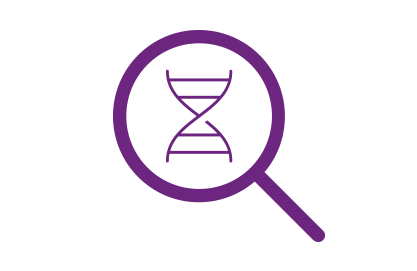References:
1. Hernandez-Rocha C, Vande Casteele N. JAK inhibitors: current position in treatment strategies for use in inflammatory bowel disease. Curr Opin Pharmacol. 2020 Dec;55:99-109. doi: 10.1016/j.coph.2020.10.010.
2. D'Amico F, Peyrin-Biroulet L, Danese S. JAK or GUT Selectivity: Tipping the Balance for Efficacy and Safety in Ulcerative Colitis. J Crohns Colitis. 2020 Sep 16;14(9):1185-1187. doi: 10.1093/ecco-jcc/jjaa074.
3. Covington M, He X, Scuron M, Li J, Collins R, Juvekar A, Shin N, Favata M, Gallagher K, Sarah S, Xue CB, Peel M, Burke K, Oliver J, Fay B, Yao W, Huang T, Scherle P, Diamond S, Newton R, Zhang Y, Smith P. Preclinical characterization of itacitinib (INCB039110), a novel selective inhibitor of JAK1, for the treatment of inflammatory diseases. Eur J Pharmacol. 2020 Oct 15;885:173505. doi: 10.1016/j.ejphar.2020.173505.
4. Berg DJ, Davidson N, Kühn R, Müller W, Menon S, Holland G, Thompson-Snipes L, Leach MW, Rennick D. Enterocolitis and colon cancer in interleukin-10-deficient mice are associated with aberrant cytokine production and CD4(+) TH1-like responses. J Clin Invest. 1996 Aug 15;98(4):1010-20. doi: 10.1172/JCI118861.
 Key Takeaways
Key Takeaways















.jpg)

.jpg)
.jpg)
.jpg)
.jpg)





.jpg)


.jpg)
.jpg)




.jpg)




.jpg)

.jpg)





